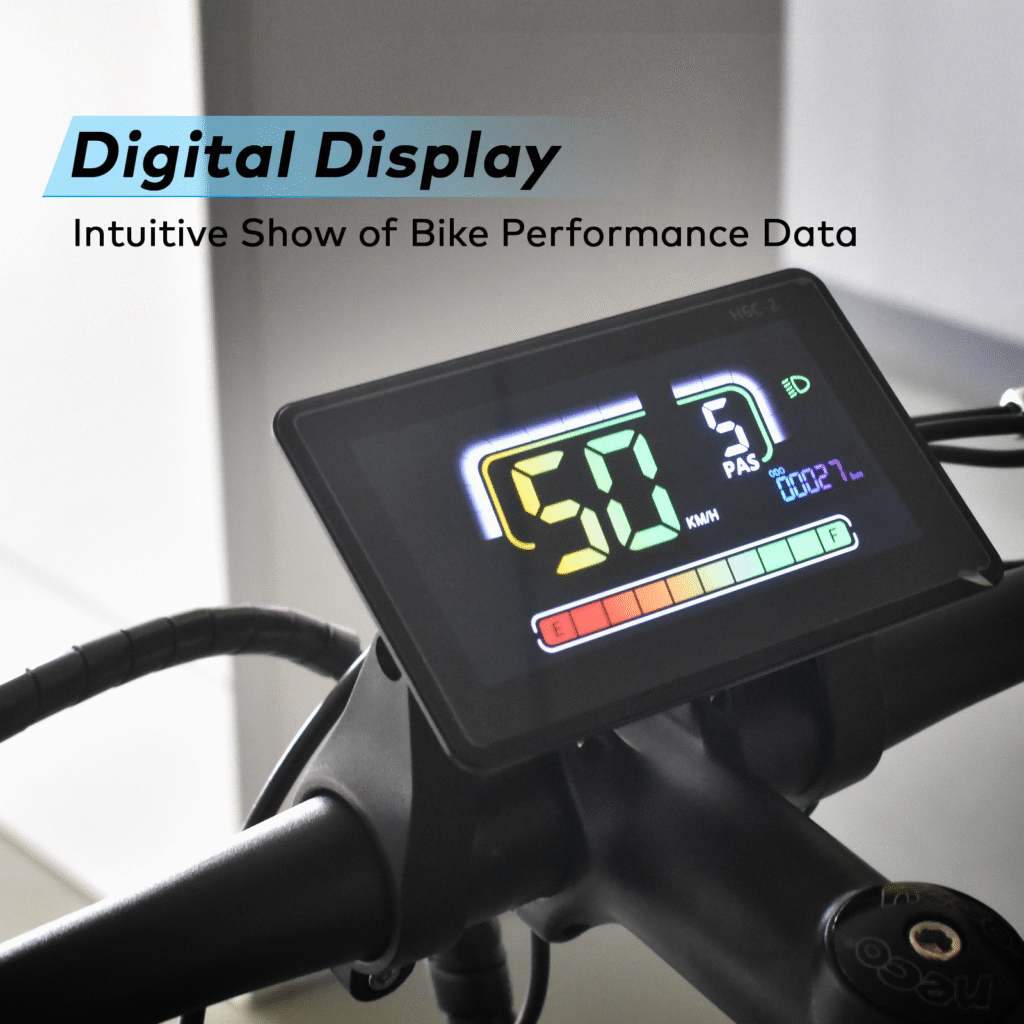Why UART No.2 Protocol Matters for E-Bike and E-Scooter Displays
Introduction:
Why Protocols Matter
In the rapidly evolving e-mobility industry, the choice of communication protocol between the motor controller and the display is critical. A stable and reliable protocol ensures real-time information for riders, reduces after-sales issues, and accelerates product development. All Haytrix displays use the UART No.2 protocol to provide consistent, dependable performance for manufacturers and distributors.
Protocols are essentially the “language” between devices. If the controller and display don’t speak the same language, riders may experience unstable readings, delayed responses, or even system malfunctions. These issues can lead to customer complaints, higher warranty costs, and delays in product launch.
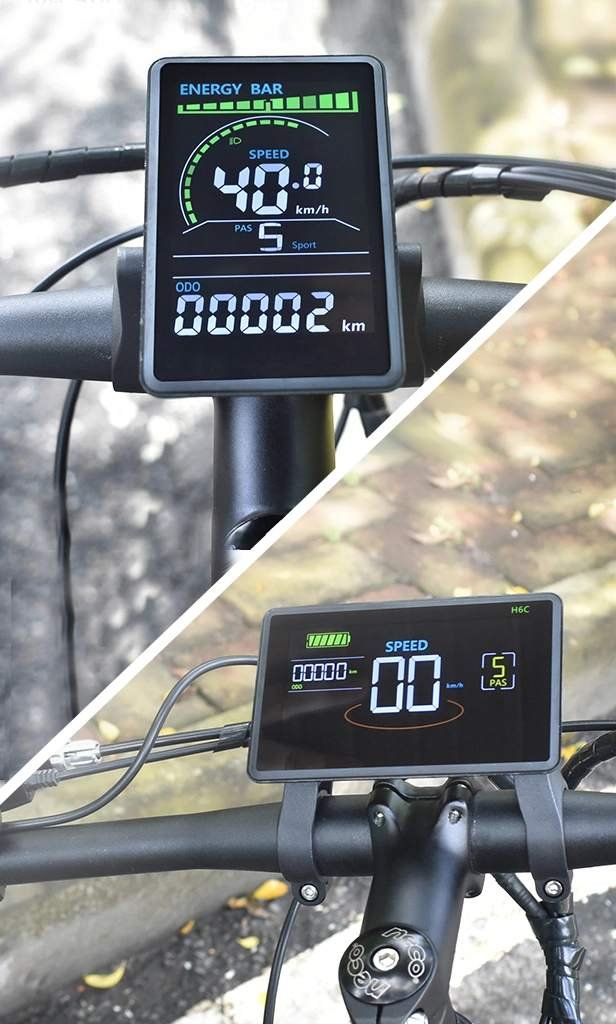
What is UART No.2 Protocol
UART, or Universal Asynchronous Receiver-Transmitter, is a serial communication protocol allowing devices to send and receive data sequentially without a shared clock. The No.2 variant is optimized for e-bike and e-scooter displays, providing enhanced stability, lower error rates, and seamless Bluetooth integration for mobile apps.
Step-by-Step Data Flow
The motor controller measures speed, battery level, and assist mode.
Data is packaged into UART No.2 frames.
The display receives and interprets the data.
Riders see real-time speed, battery, and power assist levels.
Optional Bluetooth modules forward data to mobile apps.
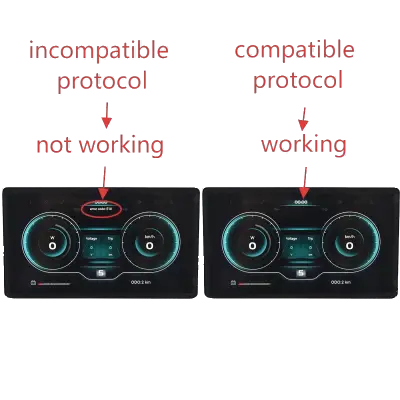
UART No.2 vs CAN vs BLE
While UART is widely used, other protocols like CAN bus and Bluetooth Low Energy (BLE) are also found in electric mobility systems. Each has its advantages and drawbacks:
Comparison Table:
| Protocol | Compatibility | Cost | Latency | Scalability | Recommended Use Case |
|---|---|---|---|---|---|
| UART No.2 | High | Low | Low | Moderate | Most e-bike & e-scooter displays |
| CAN Bus | Medium | Medium | Low | High | Premium EV systems, high-end e-bikes |
| BLE | Variable | Medium | Medium | High | Smartphone integration, tracking apps |
For most B2B e-bike and e-scooter applications, UART No.2 offers the best balance of stability, cost-efficiency, and ease of integration.
Advantages of UART No.2
Using UART No.2 brings practical benefits for manufacturers, distributors, and repair shops:
Stable Communication: Reliable data transfer even in harsh environmental conditions, minimizing glitches and warranty claims.
Cost Efficiency: Requires minimal hardware, lowering production costs compared to more complex protocols like CAN bus.
Faster Integration: Broad compatibility with controllers reduces development time and accelerates product launches.
OEM/ODM Friendly: Supports firmware customization, interface branding, and tailored features without compromising stability.
Cross-Model Compatibility: From entry-level to high-end displays, the same protocol ensures consistent integration across different vehicle models.
Haytrix Display Lineup Using UART No.2
H8 Display – Premium Flagship
High-end design with Bluetooth connection, phone mirroring support, and OEM customization available.
H6C-2 Display – Reliable Mid-Range
Bluetooth & mobile app integration, proven stability and performance, OEM/ODM options available.
M7C-2 Display – Versatile for E-Bikes & Scooters
Supports both e-bike and e-scooter models, customizable code and killswitch functions.
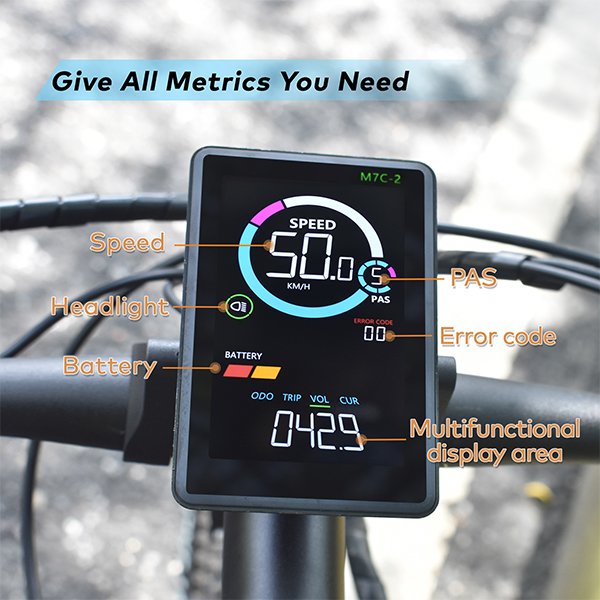
P5C Display – Basic, Bulk-Friendly
Universal compatibility, cost-efficient, standard display features suitable for large-volume orders.
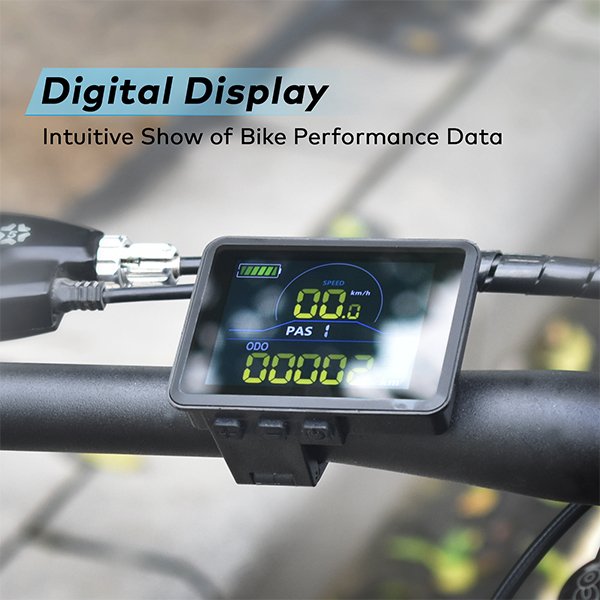
OEM/ODM Customization Benefits
One of the major advantages of working with Haytrix is the flexibility to customize displays while maintaining protocol reliability:
Firmware: Adjust speed limits, battery thresholds, or ride modes.
Interface: Brand logos, startup animations, regional compliance icons.
Hardware: Housing color, button layout, or screen design.
This allows manufacturers and distributors to differentiate products while minimizing development time and after-sales complexity.
Real – World Case Study:
European Distributor
A European e-bike distributor faced challenges integrating displays across multiple models. By standardizing on Haytrix H6C-2 and M5C-2 displays with UART No.2:
-
Firmware alignment across models required minimal effort.
-
Time-to-market shortened by 30%.
-
Spare parts management simplified, reducing inventory and warranty issues.
The standardized protocol ensured stable communication, consistent performance, and improved customer satisfaction.

FAQ
1. What does UART No.2 mean in e-bike displays?
It is a communication protocol that ensures real-time, reliable data exchange between the motor controller and display.
2. How is UART No.2 different from standard UART?
It is optimized for e-bike and e-scooter applications, offering better error handling and controller compatibility.
3. Can Haytrix displays work with any controller?
Most controllers support UART No.2, but compatibility should always be confirmed before production.
4. Why not just use CAN bus?
CAN bus is robust but more complex and expensive. UART No.2 offers simplicity and cost-efficiency for most e-bike and e-scooter applications.
5. Do Haytrix displays support Bluetooth apps?
Yes. Models like H8 and H6C-2 offer Bluetooth and mobile app integration, built on UART No.2 for stable communication.
6. What OEM/ODM customization options are available?
Firmware, UI/branding, hardware modifications, and optional feature integration like killswitch or phone mirroring.
Conclusion
The UART No.2 protocol is the backbone of stable, reliable, and customizable e-bike and e-scooter displays. By standardizing on this protocol, Haytrix enables manufacturers and distributors to:
Accelerate product integration.
Reduce production and after-sales costs.
Offer differentiated OEM/ODM products.
Maintain reliable, real-time performance across models.
For companies seeking a custom e-bike display supplier, Haytrix provides the perfect balance of technical expertise, flexibility, and proven reliability.
Request samples or bulk orders via our Contact Page: https://www.haytrix-display.com/contact/


